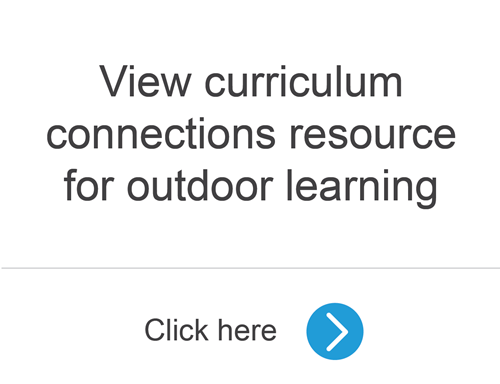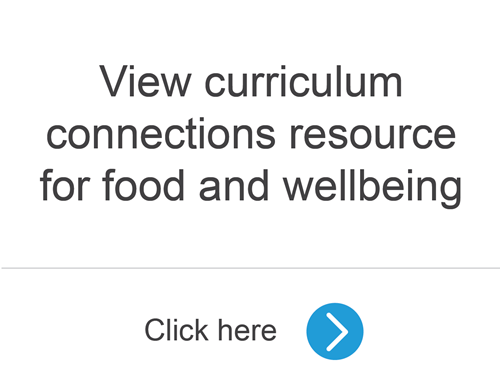Health and Physical Education propositions
The Australian Curriculum: Health and Physical Education has been shaped by five interrelated propositions that are informed by a strong and diverse research base for a futures-oriented curriculum:
Focus on educative purposes
The prime responsibility of the Health and Physical Education curriculum is to describe the progression and development of the disciplinary knowledge, understanding and skills underpinning health and physical education and how students will make meaning of and apply them in contemporary health and movement contexts.
Although the curriculum may contribute to a range of goals that sit beyond its educative purposes, the priority for the Health and Physical Education curriculum is to provide ongoing, developmentally appropriate and explicit learning about health and movement. The Health and Physical Education curriculum draws on its multidisciplinary evidence base to ensure that students are provided with learning opportunities to practise, create, apply and evaluate the knowledge, understanding and skills of the learning area.
Take a strengths-based approach
The Health and Physical Education curriculum is informed by a strengths-based approach. Rather than focusing only on potential health risks or a deficit-based model of health, the curriculum has a stronger focus on supporting students to develop the knowledge, understanding and skills they require to make healthy, safe and active choices that will enhance their own and others’ health and wellbeing.
This approach affirms that all students and their communities have particular strengths and resources that can be nurtured to improve their own and others' health, wellbeing, movement competence and participation in physical activity. The curriculum recognises that students have varying levels of access to personal and community resources depending on a variety of contextual factors that will impact on their decisions and behaviours.
Value movement
Health and Physical Education is the key learning area in the curriculum that focuses explicitly on developing movement skills and concepts students need to participate in physical activities with competence and confidence. The knowledge, understanding, skills and dispositions students develop through movement in Health and Physical Education encourage ongoing participation across their lifespan and in turn lead to positive health outcomes. Movement competence and confidence is seen as an important personal and community asset to be developed, refined and valued.
Health and Physical Education promotes an appreciation of how movement in all its forms is central to daily life – from meeting functional requirements and providing opportunities for active living to acknowledging participation in physical activity and sport as significant cultural and social practices. The study of movement has a broad and established scientific, social, cultural and historical knowledge base, informing our understanding of how and why we move and how we can improve physical performance.
The study of movement also provides challenges and opportunities for students to enhance a range of personal and social skills and behaviours that contribute to health and wellbeing.
Develop health literacy
Health literacy can be understood as an individual’s ability to gain access to, understand and use health information and services in ways that promote and maintain health and wellbeing. The Health and Physical Education curriculum focuses on developing knowledge, understanding and skills related to the three dimensions of health literacy:
- functional dimension – researching and applying information relating to knowledge and services to respond to a health-related question
- interactive dimension – requires more advanced knowledge, understanding and skills to actively and independently engage with a health issue and to apply new information to changing circumstances
- critical dimension – the ability to selectively access and critically analyse health information from a variety of sources (which might include scientific information, health brochures or messages in the media) to take action to promote personal health and wellbeing or that of others.
Consistent with a strengths-based approach, health literacy is a personal and community asset to be developed, evaluated, enriched and communicated.
Include a critical inquiry approach
The Health and Physical Education curriculum engages students in critical inquiry processes that assist students in researching, analysing, applying and appraising knowledge in health and movement fields. In doing so, students will critically analyse and critically evaluate contextual factors that influence decision-making, behaviours and actions, and explore inclusiveness, power inequalities, assumptions, diversity and social justice.
The Health and Physical Education curriculum recognises that values, behaviours, priorities and actions related to health and physical activity reflect varying contextual factors which influence the ways people live. The curriculum develops an understanding that the meanings and interests individuals and social groups have in relation to health practices and physical activity participation are diverse and therefore require different approaches and strategies.
Importance of a healthy school environment
It has long been recognised that the broader school environment can enhance the delivery of the Health and Physical Education curriculum. Learning in Health and Physical Education supports students to make decisions about their health, wellbeing, safety and physical activity participation. If consistent messages are evident across the school and wider school community, this learning is validated and reinforced. Students are also better able to practise and reinforce their learning in Health and Physical Education if teaching and learning in all curriculum areas and the whole school environment reflect the knowledge, understanding and skills delivered in the Health and Physical Education curriculum. A healthy and supportive school environment may be enriched through health-promoting school policies and processes, and partnerships with parents, community organisations and specialist services.

